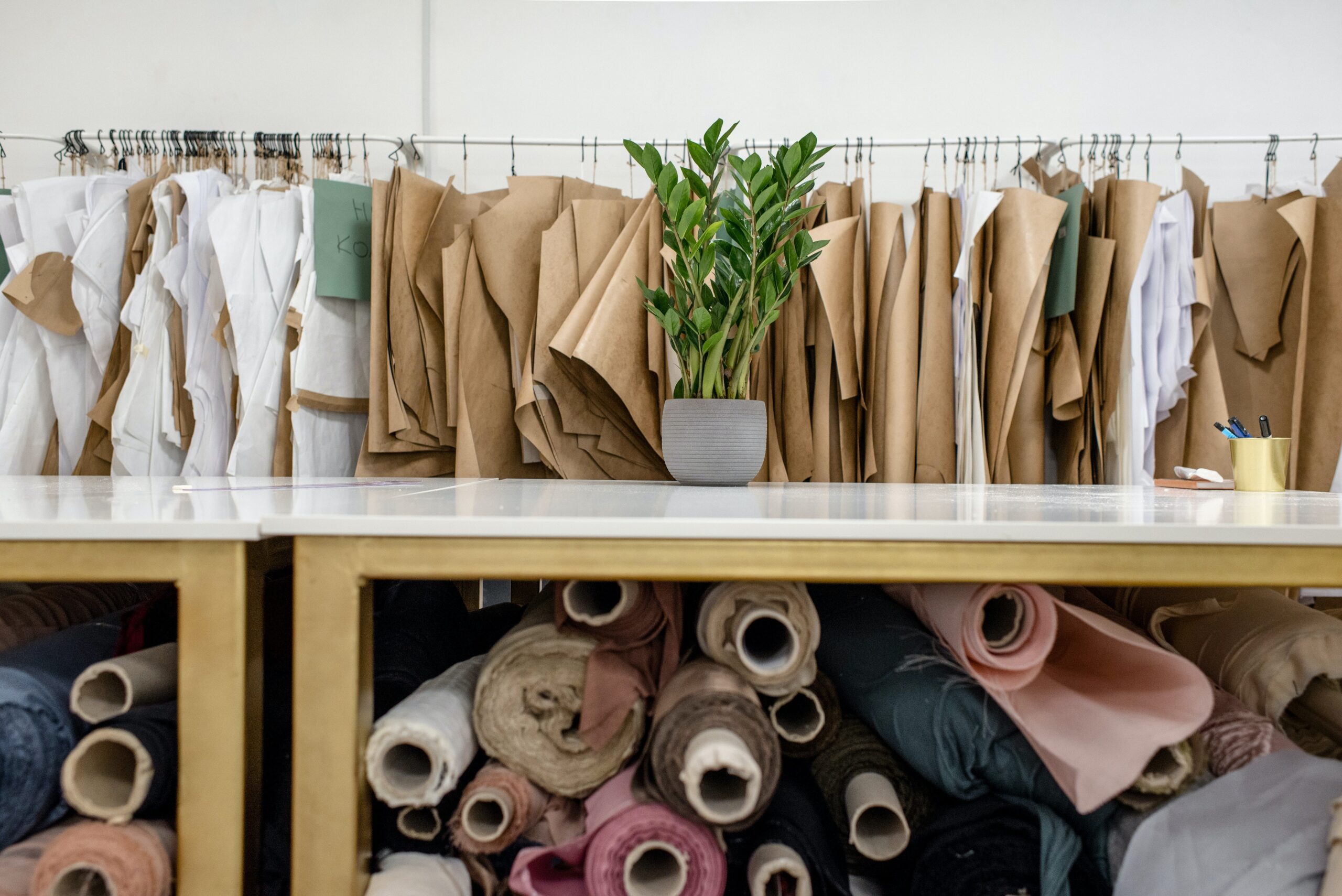When it comes to cosmetics, skin care, and haircare products, we often rely on a few branded products that we are familiar with or have used previously, but we rarely use products that are made for the same purpose but of a different brand that we do not trust or know. We only trust certain products from certain companies after having a pleasant experience with it. It takes years, trademarks, copyrights, and intellectual property rights for this “brand” to gain its worth.
Meaning & need of Intellectual Property Rights:
Intellectual property rights are a set of rights granted to a person for inventions based on his or her own ideas/intellect. These rights are granted for a set length of time and are divided into two types:
1) copyright & related rights
2) industrial property rights
For a minimum of 50 years, copyright and associated rights are generally granted to artistic works and authors, such as paintings, poems, films, and so on.
Industrial rights, on the other hand, are granted to certain types of trademarks or distinctive signs that claim to be unique.
In addition, some inventions, such as technological, design, and commercial secrets, are protected.
The cosmetics business comes within the latter category, i.e., industrial property, which includes trademarks, trade secrets, marketing licences, and copyrights for a certain brand.
When we tend to acquire these rights for our own brand, formulation, or ideas, it remains protected with us and we have complete rights over the product, it enables one to safeguard his or her brand, where nobody can replicate the concepts and “beauty secrets” of that brand, and it helps to develop in its uniqueness.
A cosmetic firm or brand must resort to industrial property rights and the many choices it gives, including as patent protection, utility model protection, and business secrecy protection, in order to safeguard the above-mentioned ideas/intellect.
- Patent Protection: These are the rights granted to the person who developed the particular thing that has to be patented; they are granted for a period of 20 years and then become public domain; no one may use that concept without the author’s permission.
To get a patent for an invention one needs to abide by three requirements i.e.,
- Novelty- the invention must be new
- Inventive- which means it can be used
- Industrial application
In the cosmetics field the description and the actual usability of the product should match and meet the creative requirements.
- Utility protection: It is granted for a term of ten years to innovations that do not have a higher position/rank, such as an ingredient that can improve the quality of currently available cosmetics.
- Protection through business secrecy: As the title implies, there are several processes required in the cosmetic business to produce the final product. Keeping a few trade secrets might help the brand expand in a unique fashion, as it will limit market competition owing to the lack of identical goods. Any information or knowledge, whether technological, scientific, industrial, commercial or otherwise, can be classified as a trade secret. Because it can last an indefinite amount of time.
Coca-Cola is one of the greatest examples of how a business secret may work. Despite all the suspicions and rumors that have always surrounded the brand, the famous soft drink giant always maintained its formulation in a secret, and how it was created is unknown, at least not with certainty. This secrecy and suspicions played a major role in its advertisement and has made the brand stand out from the rest of its competitors. If Coca-Cola had decided to patent their soft drink formula at the time, this information would have been available to the public a few years ago, putting an end to its strong market positioning and competitiveness.
Problems faced by the cosmetic industry
Any work of art that has taken time, effort, and intelligence to create must be respected, and the creator must be acknowledged. Similarly, the signature makeup looks we see are all works of art that must be respected, and when they are duplicated without giving appropriate recognition to the artist’s uniqueness, it is considered plagiarism.
There are a plethora of goods on the market that produce the same benefits as branded cosmetic products and are far less expensive; as a consequence, people are increasingly turning to such products, since not everyone can afford to pay for such high-end brands.
Another issue that the cosmetics business faces is that identical goods are frequently released by various brands. Courts can protect a brand’s copyrights, patents, and trademarks, but they often fail to safeguard innovation, resulting in product duplication.
Patents can be applied to trademarks, brand names, and other items, but not to ingredient lists, resulting in competition.
Conclusion
In these digital times which are characterized by creativity and accessibility, our generation prefers to get the finest that money can buy. Every original product encounters duplicity, theft, and plagiarism in this highly competitive sector, and they must be recognized by the law as infringements of intellectual property in order to preserve the worth of people’s work because all of these things harm one’s originality. To counteract these issues, legal elements in this field should be expanded to include all such items.
Ultimately, trademarks and intellectual property are commercial and legal options. The consequences of owning or not holding intellectual property and how to mark or defend the image of your business are in your own hands.
















